Pickles production line
In this article we will introduce you to various steps in the pickles production line.
Pickles from the Perspective of Food Industry
By using pickles process, you can increase its shelf life up to a few months. If that kind of vegetable or fruit have big amount of water, it is enough to add salt to make pickles. Contrary to the canning process, there is no need for complete sterilization in this process.
Pickles acidity is acidic, causing no bacteria or fungi to easily develop in such an environment. The picking process was developed for storing food and using it outside of their harvesting season.
Introducing pickles production line:
Pickles are made from mixture of vegetables and some fruits in a suitable solution prepared from vinegar. There are variety of pickles, which in the article below is a brief expiation about it.
Step 1) First washing step:
At this stage, the fruits and vegetables purchased are cleaned from any external contamination, which can be easily done by dipping the vegetables in water.
Step 2) Grading:
This step is not very important because pickles are made of chopped pieces of fruits and vegetable in deferent sizes. Grading can be based on criteria such as:
The shape and size, the texture, the imperfections, taste, fresh, and color.
Step 3) Separation of waste parts:
After the washing and grading step, separation must be performed. (Separating waste parts that are not qualitatively appropriate for this production line)
Step 4) Peeling:
In the production of small-sized pickles, they often do peelings manually, but in large productions, a device is used which, by rotating the product inside the cylinder of the skin, separates it.
But it should be noted that this method may not be applicable to all primary materials. For example, the green head of eggplant and garlic skin should be hand-peeled.
Step 5) Chopping vegetables:
At this step, which operates continuously, vegetables are fed from the upper part of the machine and vegetables are chopped by turning sharp knives mounted around the axis.
Prior to entering the vegetables, the magnet should be used to prevent the risk of damage to the machine (to absorb the iron parts and screw and belts in the vegetables)
Step 6) Prepare vinegar solution:
Vinegar with 2-3% salt is mixed and transferred to the filling machine.
Step 7) Filling jars:
After preparing vegetables, filing machines put them in the jars.
Step 8) Pasteurization action:
To maintain the pickled cucumber, pasteurization action is done.
Step 9) Capping Machine:
This device has a reservoir in which the doors are poured into the beginning and are gradually used for capping. It has rotary heads that performs capping with its own rotation.
Step 10) Labeling Machine:
In this section, the jars are inserted from one side to the device and labels are stick to the jars and then they are rotated. (according to the settings made)
Step 11) Shrink Packaging:
This devise shrinks the pickles jars that is capped and labeled. This is usually done in packages of 20 and 12. This can also be done by the workers.
Consulting in the field of pickles production line
If you are interested in launching pickle production line, you can easily contact our colleagues in Shachare Food and beverage Industry.
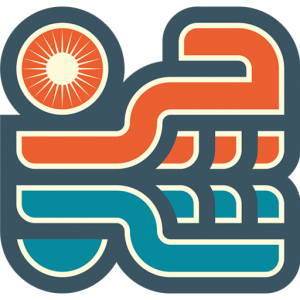
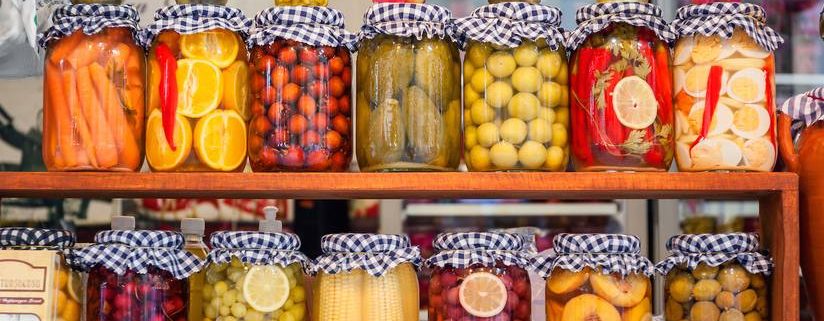
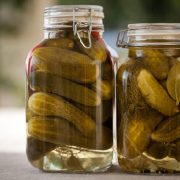
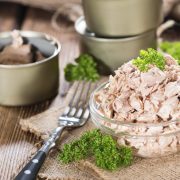

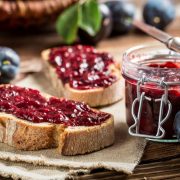


Leave a Reply